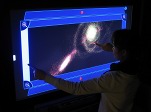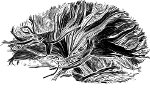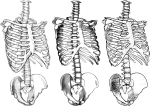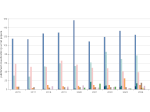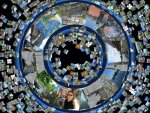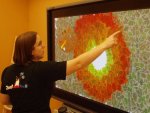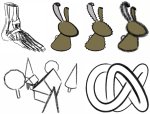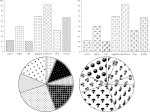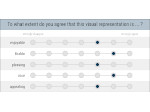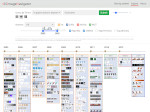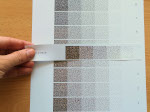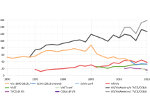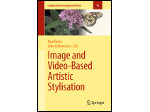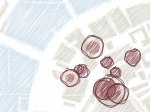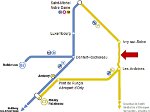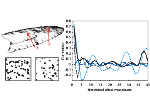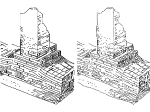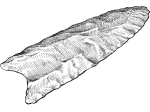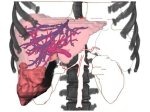Evaluation of Illustrative Rendering Techniques and Visualization
Many traditional artistic and illustrative depiction techniques have now been simulated withing the context of non-photorealistic rendering. However, many of these techniques can still be visually distinguished from their originals by people looking at such images. In this topic we work on identifying the differences between the two groups of images and to understand what this means for a viewer. One of the goals of this work is to improve NPR techniques to better be able to mimic hand-drawn techniques. Another goal is to be better able to target NPR rendering to achieve certain goals, which do not necessarily have to be the same as those of hand-drawn images or illustrations.
We employ, for example, traditional quantitative techniques to evaluate differences and similarities between computer-generated and hand-drawn imagery but also to use hand-drawn samples to guide the creation of computer-generated pictures that resemble their hand-drawn examples. In addition, we also make use of qualitative approaches to understand how people see and evaluate both computer-generated and hand-drawn images, and what this means for the image generation.
Also see the book chapter on the evaluation of non-photorealistic rendering that I wrote and which was published by Springer in 2013. The chapter introduces and discusses the different approaches of how researchers have evaluated and validated NPR imagery in the past and this way provides an overview and guidelines of which methodology to apply in related cases, depending on the specific goals one may have when wanting or needing to evaluate or validate a non-photorealistic rendering technique or tool.
